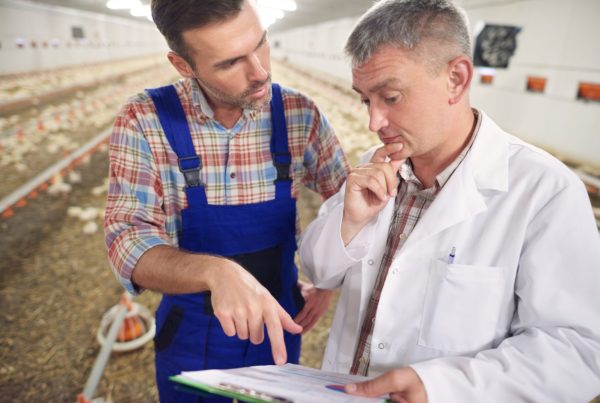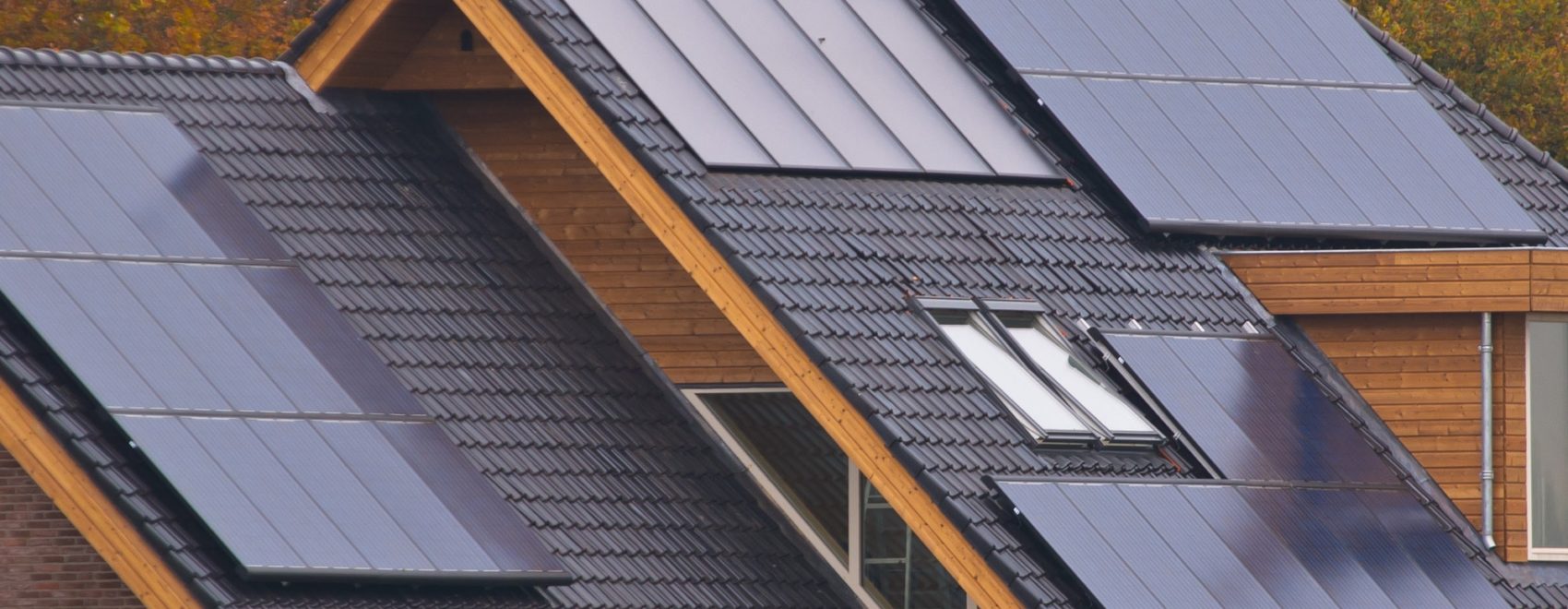Alternative Energy Sources
One of the great things about launching a homestead is that you can strike out in new directions. Turning to various types of alternative energy is one area that has greatly increased in popularity. A big reason for the appeal is that these renewable energy sources fit in with the environmental and sustainable mindset that so many homesteaders have. You’re working hard to produce clean healthy food, so why not have clean energy at the same time. Rural properties can be ideal for some of these choices too.
Wood Fuel

This is typically just used for heating your home, but almost all rural houses have a wood stove somewhere. Besides the wonderful smell and feel of wood-fired radiant heat, it’s one of the most cost-effective types of alternative energy to heat your home, compared to other fuels such as gas or oil. And though it will take many years for a tree to grow to proper size for cutting, wood is fully renewable and sustainable. Wood fuel can also be used to heat water, but you’ll need other energy sources for electrical power.

Solar
Other than heating with wood, solar power is the most popular choice for the energy-conscious homesteader. You can generate enough electricity to power a typical home’s worth of appliances so you don’t have to give up your fridge or washing machine. Panels can be mounted on the roof if your house is situated just right and not shaded by trees, otherwise you can use a ground-mounted rack for them instead.
If you are somewhat handy and have electrical knowledge, you may be able to install a system yourself. Otherwise, you should get a professional. Your panels should hook right into your existing home wiring system so nothing really changes in your day-to-day power usage except that you should keep an eye on your battery loads to make sure you aren’t running low on power.
Batteries store your daytime-created power so that you have a consistent source both night and day. A typical system should allow you to keep drawing power even after a few days of weak generation (rainy or very cloudy weather).
Solar is great because it generates power pretty much daily, and is completely silent. Northern regions may not do as well because the sun is not out long enough during the day, but you can tie this in with other types of alternative energy for a more complete system in that case (like adding a wind turbine).
Wind

This is the next big electricity producer, and though wind turbines can create some noise, it is otherwise a very neat and clean way to produce power. Granted, a turbine needs steady wind in order to work which won’t always be suitable. Most people hook up a wind turbine along with another power source, like solar panels, to help balance out the peaks in production.
Just like with solar panels, you would hook a turbine up to a battery system and your home wiring would all stay as-is. Heavily wooded areas can be a problem but if you can get a tower in place that puts your turbine above the trees then you can make it work.
Water
Hydro power is a fantastic year-round and 24-hour a day power producer if you are lucky enough to have the right circumstances for it. A simple stream will not be sufficient for any decent electrical production. For a homestead, it would be referred to as “micro-hydro” and is usually used together with other types of alternative energy.
There has to be a certain amount of water “fall” from one point to another. Relatively flat stretches of flowing water generally don’t produce enough power. This is a little too technical for the scope of this page, but it is worth looking into if you have moving water on your property. Actual waterfalls would be even better.
Methane
This is a newer option that is gaining traction in homesteading circles, namely because we usually have no shortage of manure to work with. It’s also known as bio-gas and it generally means that the natural gases given off by rotting organic matter are captured and used as a fuel. This is a very simplified explanation, but you get the point.
It can be a great option to make better use of the ever-growing piles of manure but you can also take advantage of bio gas by just composting plant material. This is probably one of the least used types of alternative energy sources, but it can also be one of the easiest to set up by yourself.
You will have to do a bit more research as this process will require more equipment but it’s becoming a growing trend in a small-scale capacity. Why not give it a try?
Continue Tutorial Below

Read More

Read More

Read More

Read More

Read More

Read More

Read More

Read More

Read More

Read More

Read More

